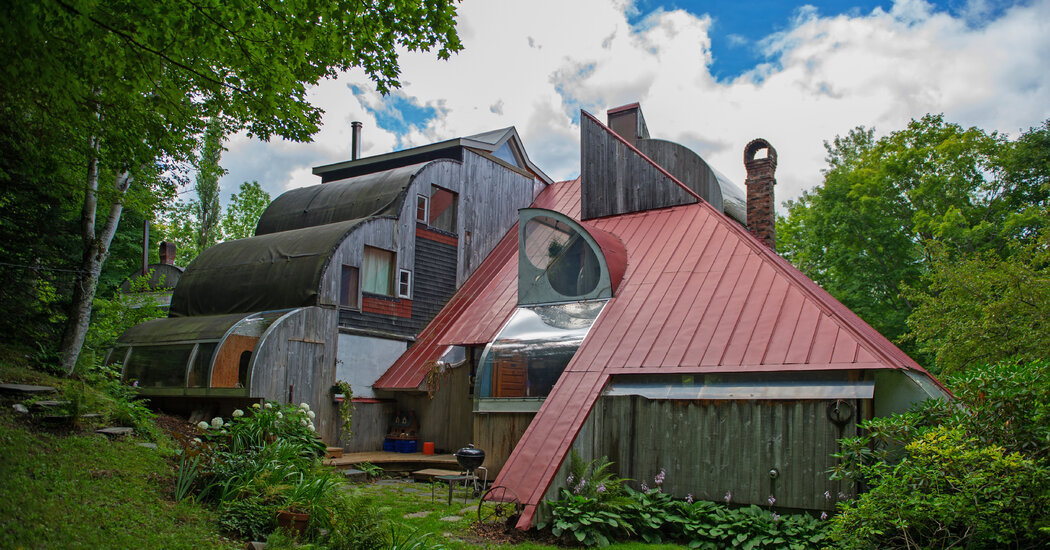In Memoriam: David Sellers, Visionary Architect of the Design-Build Movement
David Sellers, an influential architect known for pioneering innovative approaches to architecture, died on February 9 in Los Angeles at the age of 86. Celebrated for his belief that structures benefit when built by their designers, Sellers leaves behind a remarkable legacy.
A Life Dedicated to Architectural Innovation
Originally from Chicago, Sellers had moved to Vermont, where he co-founded an architectural community near Warren. During a visit to California to collaborate with his son, Parker Sellers, on a project aimed at promoting concrete housing in wildfire-affected areas, Sellers succumbed to complications from a heart condition.
In 1965, he and fellow Yale School of Architecture graduate William Reineke embarked on an ambitious journey that laid the groundwork for the design-build movement. They believed that hands-on improvisation in construction would lead to more functional and aesthetically pleasing buildings.
Establishing Prickly Mountain
After being rejected in their efforts to establish a project in Fire Island, the duo acquired 425 acres in Vermont’s Mad River Valley for a modest down payment. They named the site Prickly Mountain. Despite their financial struggles, local businesses extended credit for materials, and they recruited Yale architecture students as summer workers in exchange for food and accommodation.
Embracing the spirit of the 1960s back-to-the-land movement, they created unique homes that were experimental and sustainable, utilizing emerging green technologies. Progressive Architecture magazine noted the remarkable initiative, calling it “architectural blastoff.”
Community and Collaboration
Despite hopes for affluent clientele, the project attracted idealistic architects eager to experience Sellers’ vision. Steve Badanes, inspired by the ethos of Prickly Mountain, remarked on how Sellers and Reineke transformed architecture into a fulfilling way of life.
- Sellers offered lots for $4,000 with flexible payment options.
- The communal land of 75 acres invited further innovative projects.
- Iconic structures like the Dimetrodon showcased creativity and sustainable design.
Architectural Philosophy and Designs
More than 20 distinctive houses emerged from the Prickly Mountain community, where many original homesteaders still reside today. The area’s architectural culture has flourished, with a high concentration of architects and designers dedicated to sustainable practices.
Sellers designed unconventional buildings characterized by their quirky aesthetics. The Tack House, featuring unique elements like bubble-shaped windows and an inflatable shower for multiple users, exemplified his innovative approach to residential design.
A Multifaceted Legacy
Sellers was not just an architect but also a creative thinker who influenced various fields. He worked on city planning initiatives, building designs, and sustainable technologies, including wood stoves and electric vehicles. His vision also led to winning a design competition for a new Cathedral of St. John the Divine project in New York City.
His experimental spirit continued until the end of his life. Recently, he was focused on constructing the Madsonian House, a prototype showcasing the potential of concrete as a building material.


